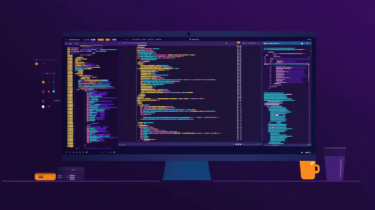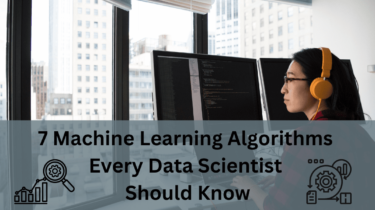5 Free Datasets to Kickstart Your Machine Learning Projects Today
5 Free Datasets to Kickstart Your Machine Learning Projects TodayImage by Editor | Midjourney There are many free datasets online that help you practice and learn. These datasets allow you to try different machine learning techniques and improve your skills. You can find these datasets on platforms like Kaggle and UCI Machine Learning Repository. Here are five free datasets that can help you start your machine learning projects. 1. Iris Dataset Description: The Iris Dataset features information about three types […]
Read more








